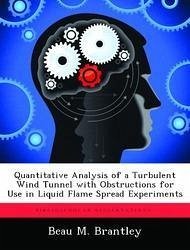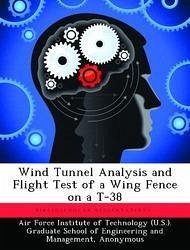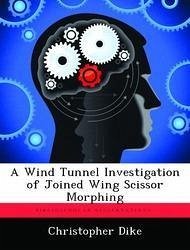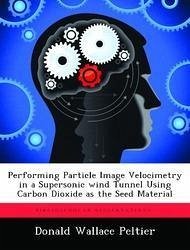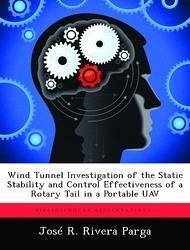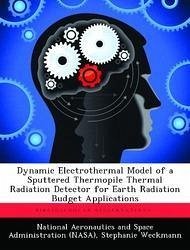Nicht lieferbar
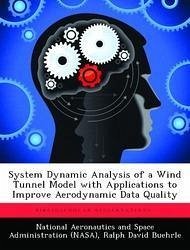
System Dynamic Analysis of a Wind Tunnel Model with Applications to Improve Aerodynamic Data Quality
Versandkostenfrei!
Nicht lieferbar
The research investigates the effect of wind tunnel model system dynamics on measured aerodynamic data. During wind tunnel tests designed to obtain lift and drag data, the required aerodynamic measurements are the steady-state balance forces and moments, pressures, and model attitude. However, the wind tunnel model system can be subjected to unsteady aerodynamic and inertial loads which result in oscillatory translations and angular rotations. The steady-state force balance and inertial model attitude measurements are obtained by filtering and averaging data taken during conditions of high mod...
The research investigates the effect of wind tunnel model system dynamics on measured aerodynamic data. During wind tunnel tests designed to obtain lift and drag data, the required aerodynamic measurements are the steady-state balance forces and moments, pressures, and model attitude. However, the wind tunnel model system can be subjected to unsteady aerodynamic and inertial loads which result in oscillatory translations and angular rotations. The steady-state force balance and inertial model attitude measurements are obtained by filtering and averaging data taken during conditions of high model vibrations. The main goals of this research are to characterize the effects of model system dynamics on the measured steady-state aerodynamic data and develop a correction technique to compensate for dynamically induced errors. Equations of motion are formulated for the dynamic response of the model system subjected to arbitrary aerodynamic and inertial inputs. The resulting modal model is examined to study the effects of the model system dynamic response on the aerodynamic data. In particular, the equations of motion are used to describe the effect of dynamics on the inertial model attitude, or angle of attack, measurement system that is used routinely at the NASA Langley Research Center and other wind tunnel facilities throughout the world. This activity was prompted by the inertial model attitude sensor response observed during high levels of model vibration while testing in the National Transonic Facility at the NASA Langley Research Center. The inertial attitude sensor cannot distinguish between the gravitational acceleration and centrifugal accelerations associated with wind tunnel model system vibration, which results in a model attitude measurement bias error. Bias errors over an order of magnitude greater than the required device accuracy were found in the inertial model attitude measurements during dynamic testing of two model systems.






